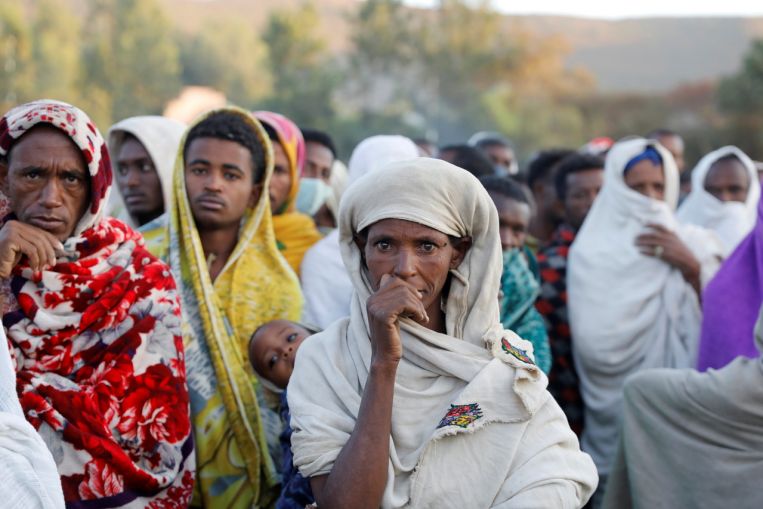ADDIS ABABA/NEW YORK (REUTERS) – An unpublished analysis by United Nations agencies and aid groups estimates some 350,000 people in Ethiopia’s conflict-torn Tigray region are in famine conditions, according to an internal UN document seen by Reuters on Wednesday (June 9).
The Ethiopian government disputes the Integrated Food Security Phase Classification (IPC) analysis, according to the notes of a meeting on Monday of the Inter-Agency Standing Committee (IASC) – made up of the heads of at least 18 UN and non-UN organisations.
Famine has been declared twice in the past decade – in Somalia in 2011 and in South Sudan in 2017, according to the IPC. UN agencies, aid groups, governments and other relevant parties use the IPC to work together to determine a situation.
“On the risk of famine, it was noted that the unpublished IPC analysis figures were being disputed by the Ethiopian government, notably the estimated 350,000 people across Tigray believed to be in IPC 5 famine conditions,” the document read.
It also said the analysis had found that millions more across Tigray required “urgent food and agriculture/livelihoods support to avert further slides towards famine”.
A senior Ethiopian diplomat in New York, speaking on condition of anonymity, confirmed that the government disputed the analysis, questioning the survey methods and accusing the IPC of a lack of transparency and not enough consultation with relevant authorities.
Fighting in Tigray broke out in November between government troops and the region’s former ruling party, the Tigray People’s Liberation Front.
Troops from neighbouring Eritrea have also entered the conflict in support of Ethiopia’s government.
The violence in Tigray has killed thousands of people and forced hundreds of thousands from their homes in the mountainous region of more than five million.
Join ST’s Telegram channel here and get the latest breaking news delivered to you.
Source: Read Full Article





